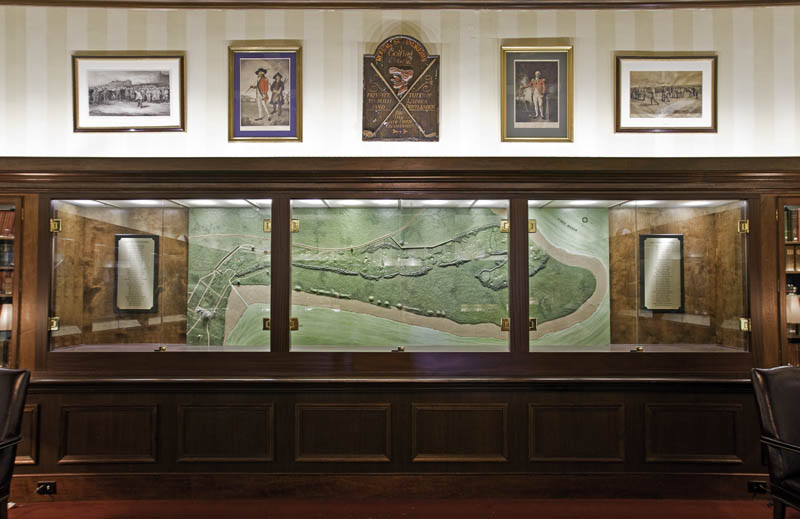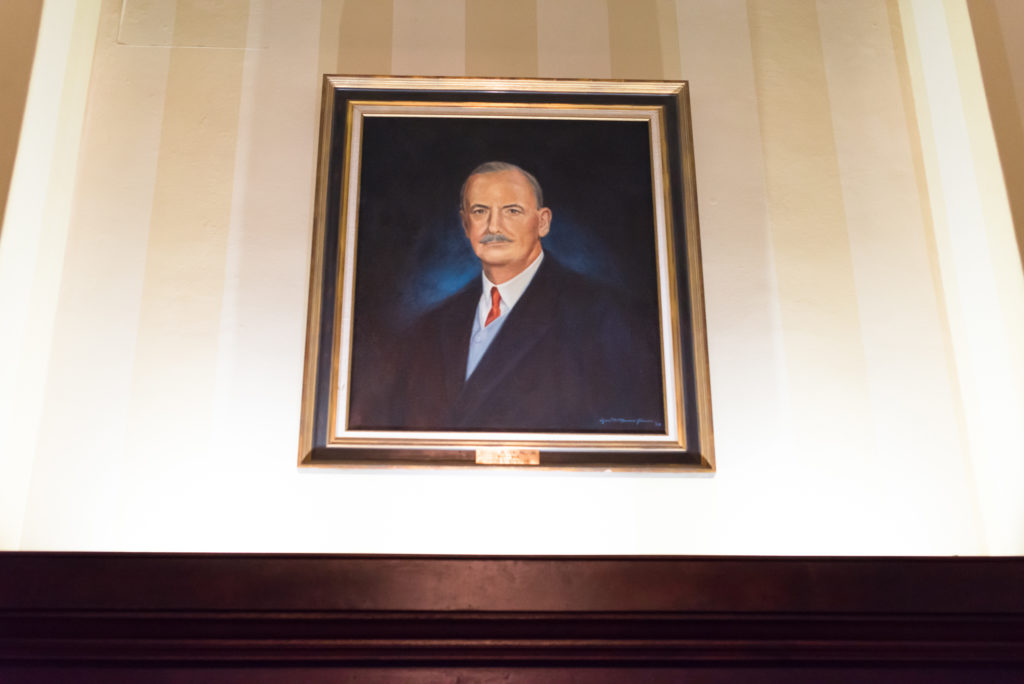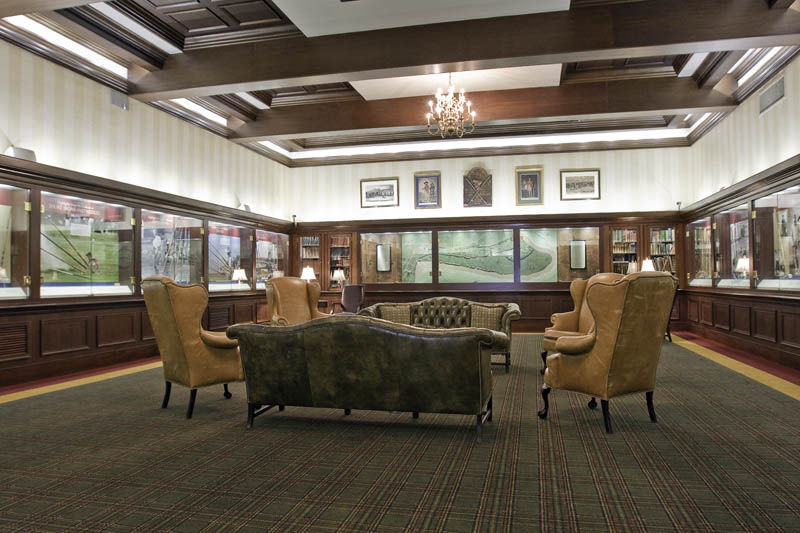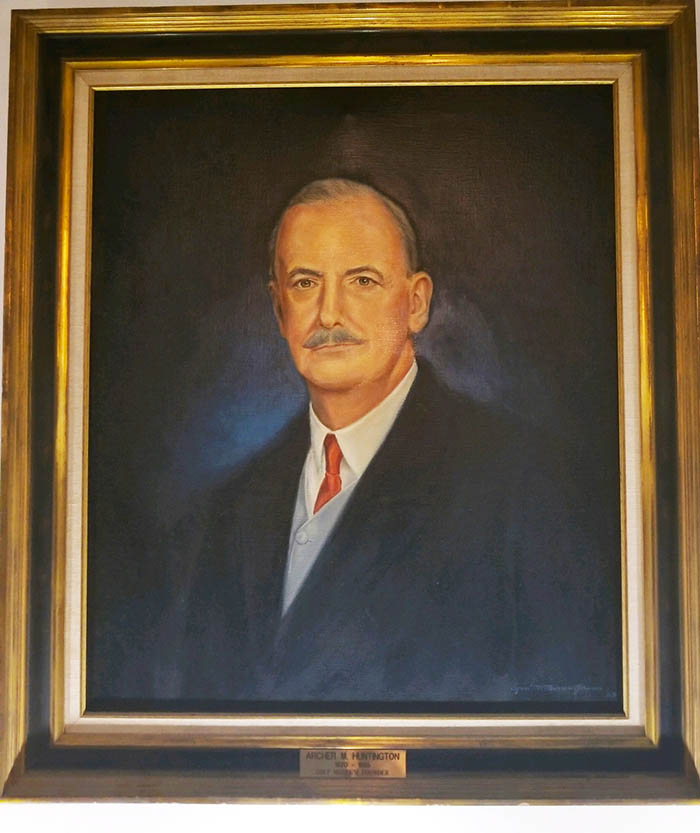Just before the turn of the twentieth century American industrialist Collis P. Huntington founded what was to become the Newport News Shipbuilding and Dry Dock Company. The Huntington family maintained control of the shipyard for many years and during the early 1930s the principal owner of the company became Archer M. Huntington, stepson of the founder. The younger Mr. Huntington became a successful businessman in his own right while concentrating his philanthropic efforts in the world of museums, libraries, and other important artistic endeavors. Mr. Huntington readily made his mark with his generosity within the local community and working in concert with then shipyard president, Homer L. Ferguson, Mr. Huntington founded the world famous Mariners’ Museum.
Shortly after the maritime museum’s founding in 1930, Mr. Huntington also foresaw the need for a recreational and networking social and athletic club that would benefit the executives and upper level managers of Newport News Shipbuilding as well as other local citizens. Largely due to his vision, the James River Country Club was chartered in 1932 and continues to this day as one of the premier golf and country clubs in the Commonwealth of Virginia. During the formation of the new club and as a result of Mr. Huntington’s penchant to honor history as highlighted through museums, Mr. Huntington further offered to fund, implement, and showcase a golf collection within the footprint of the new country club. With an initial gift of $25,000 (over $422,000 in 2018 dollars) and the identification of its first curator, Mr. Jack Campbell, artifacts began to be obtained from the United Kingdom that would illustrate the evolution of the game of golf.
Scotland is largely credited as the site of the invention of golf, and many of the golf artifacts secured by Mr. Campbell were indeed acquired in that country. Debate continues, however, about the influence of a game called kolven and is sometimes viewed as the forerunner of the development of modern golf. This centuries old game was played largely in The Netherlands and often on ice with a device resembling a modern day hockey stick. Among the Scottish artifacts displayed within the collection is a kolven club and ball paying homage to an even more ancient game.




